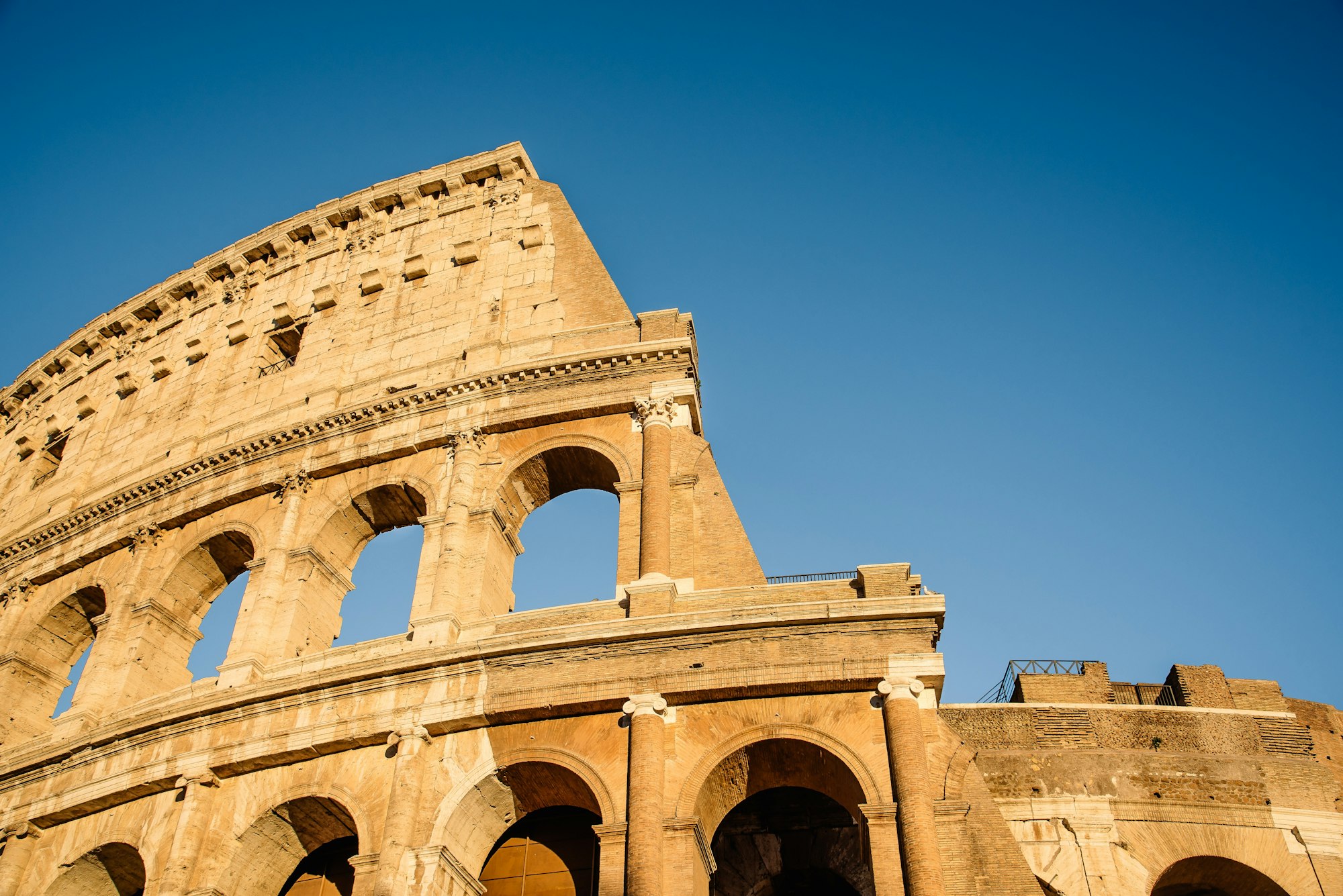The United Kingdom is home to an array of fascinating historical sites, with some of the most captivating being its ancient Roman amphitheaters. These structures, remnants of the expansive Roman Empire, offer a glimpse into a time when the sight of gladiatorial combats and dramatic performances was a common spectacle. In this article, we will dive deep into the best methods to explore these impressive amphitheatres sprinkled across the UK.
Guildhall Yard: The Hidden Gem of Roman London
Guildhall Yard, situated in the heart of London, stands as a testament to the city’s Roman past. The amphitheater here, buried beneath the modern streets, invites you to step back into history.
Have you seen this : Where can you find guided tours of the historic maritime trade routes in Liverpool?
To start your exploration, visit the Guildhall Art Gallery, which houses a gallery of spectacular artifacts from the Roman era. Below the gallery, the remains of the amphitheater await. The site can be accessed through the gallery, where informational plaques and interactive exhibits shed light on its rich history.
Guided tours are a fantastic way to delve deeper. Expert guides paint vivid pictures of the arena’s bustling life, recounting tales of gladiators and public performances. Additionally, virtual reality experiences offered here bring the ancient world to life, allowing you to witness scenes as they might have appeared in the 1st century.
Also to read : How can you experience a traditional Scottish whisky tasting tour in Islay?
Incorporating a visit to the Guildhall Yard into your London itinerary provides a stark contrast to the city’s bustling modern-day aura. The juxtaposition of ancient stonework against contemporary architecture creates a powerful reminder of London’s long and storied past.
Caerleon Amphitheatre: The Best Preserved Roman Arena in Britain
Located in Wales, the Caerleon Amphitheatre stands as one of the best-preserved Roman amphitheatres in the UK. Known locally as the "Roman Britain’s Colosseum," this site offers a comprehensive look at Roman life in Britain.
The amphitheater, built around AD 90, holds a special place in British history. Unlike many Roman structures that have deteriorated over time, Caerleon’s amphitheater remains relatively intact. This allows for a more authentic experience, where visitors can clearly visualize the grandeur of ancient Roman spectacles.
To explore the site thoroughly, start your visit at the nearby National Roman Legion Museum. Here, you can view artifacts, weapons, and everyday items used by Roman soldiers stationed at Caerleon. The museum provides context that enriches your visit to the amphitheater.
Walking tours are available and highly recommended. Knowledgeable guides will narrate the history of the site, sharing stories of gladiatorial combat and the day-to-day activities of Roman soldiers. The amphitheater itself is accessible to the public, allowing for a personal and immersive exploration.
For those intrigued by Roman architecture and engineering, the Caerleon Amphitheatre is a must-visit. It stands not just as a testament to Roman ingenuity but as a vibrant part of Britain’s historical tapestry.
Chester Amphitheatre: A Tale of Two Cities
Chester, a city teeming with Roman heritage, is home to the largest Roman amphitheater in Britain. The amphitheater here was erected in the late 1st century and is a prominent historic site that attracts visitors from around the world.
To begin your journey, the Grosvenor Museum is an excellent starting point. This museum showcases an extensive collection of Roman artifacts, providing a window into the daily lives of Roman citizens in Chester. The exhibits here set the stage for your exploration of the amphitheater.
Guided tours are available and offer a wealth of information about the site. Expert guides share fascinating insights into the amphitheater’s construction, its role in the city, and the types of events it hosted. For those who prefer a self-guided experience, the site is well-marked with informative plaques.
Interactive displays and reenactments are also common, particularly during the summer months. These events breathe life into the ancient stones, allowing visitors to witness reenactments of gladiatorial battles and public ceremonies.
Chester’s amphitheater is more than just an ancient ruin; it is a living piece of history. Its integration into modern Chester provides a unique opportunity to see how the past and present coexist harmoniously.
Richborough Roman Fort and Amphitheatre: A Fortress of History
Richborough, located in Kent, is another important Roman site in the UK. Though primarily known for its fort, the amphitheater here is equally significant. Built in the 3rd century, the amphitheater at Richborough is a fascinating site that offers insights into the later years of the Roman Empire in Britain.
Begin your visit at the Richborough Roman Fort. The fort, once a bustling military base, now stands as a silent witness to history. The fort’s museum offers a range of exhibits that provide context for the site, displaying artifacts recovered from excavations and offering detailed information about the area’s history.
The amphitheater, though not as well-preserved as others, is still an evocative site. Walking tours led by knowledgeable guides are available and highly recommended. These tours delve into the history of the fort and its amphitheater, discussing their roles in the defense and entertainment of Roman soldiers and citizens.
The amphitheater at Richborough is particularly interesting because of its later construction date. It offers a glimpse into the Roman Empire’s evolution and adaptation in Britain. For those interested in military history and the strategic importance of Roman Britain, Richborough is a site not to be missed.
Discovering More Roman Amphitheaters in the UK
While the aforementioned sites are among the most prominent, the UK is home to several other Roman amphitheaters worth exploring. Each site offers a unique perspective on Roman life and history.
-
Silchester Amphitheatre: Located in Hampshire, this site offers a more secluded experience. The amphitheater here is part of the ancient Roman town of Calleva Atrebatum. The site’s tranquility provides a stark contrast to the bustling activity it once hosted.
-
Dorchester Amphitheatre: Situated in Dorset, this amphitheater is part of the Roman town of Durnovaria. It is a lesser-known site but equally fascinating, offering insights into the region’s Roman heritage.
-
Pula Arena: Though not in the UK, the Pula Arena in Croatia is a fantastic site for those interested in Roman amphitheaters. It is one of the best-preserved amphitheaters in the world and offers a great comparison to British sites.
Exploring these sites can be a rewarding experience for history enthusiasts, students, and anyone interested in the ancient world. Each amphitheater tells a story, from the grandeur of public spectacles to the everyday lives of Roman citizens.
Conclusion
Exploring the ancient Roman amphitheaters in the UK is a journey through time. From the hidden gem of Guildhall Yard in London to the well-preserved Caerleon Amphitheatre in Wales, each site offers a unique glimpse into the past. Whether through guided tours, museum visits, or self-guided exploration, these amphitheatres provide a tangible connection to the Roman Empire and its profound impact on Britain.
For history enthusiasts, students, and casual visitors alike, the UK’s Roman amphitheaters are more than just ancient ruins. They are living pieces of history, each with its own story to tell. By visiting these sites, you not only witness the grandeur of the past but also gain a deeper understanding of the cultural and historical fabric that shapes modern Britain.
So, the next time you find yourself planning a trip, consider stepping off the beaten path and immersing yourself in the ancient world of Roman Britain. The experience is sure to be both educational and unforgettable.











